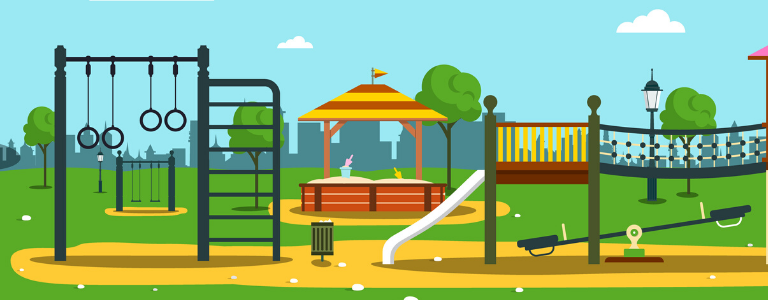Did you know that the majority of playground injuries result from falls? Or that the top cause of playground fatalities occur because of strangulation or are the result of the impact of a hard, elevated fall?
Now that the summer season is upon us, playgrounds are very popular amenities for communities with children. Unfortunately, playgrounds also present the risk of liability exposure and bodily injury. So, how can you reduce risk on your HOA’s playground? Read on for answers.
How to Minimize Playground Hazards
Even with appropriate adult supervision, no playground is ever one hundred percent safe. However, risk can be minimized through safe equipment design, proper installation, and regular maintenance to prevent common playground injuries.
- Protective surfacing around and beneath equipment protects children by reducing the impact of falls. Compared to packed earth, concrete, grass, asphalt, or other surfaces, playground surfacing materials provide a more sanitary and cushioned area for children to land on. To prevent falls, provide guards on any elevated surface, such as a ramp or bridge.
- Provide adequate use zones extending a minimum of six feet in all directions from stationary equipment.Avoid overlapping use zones around swings, slides, and all other equipment!
- Avoid entanglement and entrapment hazards such as extended bolts, “S” hooks, and handholds. Protrusions are capable of cutting, or even impaling, a child who happens to fall against it. They can also cause loose strings and other pieces of clothing to catch and cause strangulation or injury. Openings should never allow a child’s body to pass through, as many young children will attempt to enter through openings and become trapped about the head. Check openings at the top of slides, between climbing rings, between fence posts, and between all platforms.
- Equipment such as merry-go-rounds, seesaws, track rides, suspension bridges, etc. are capable of crushing fingers and other body parts. Eliminate equipment that contains exposed moving parts, either by covering or removing them altogether.
Safety Measures Your HOA Can Utilize
According to the Consumer Product Safety Commission (CPSC), age appropriate playground equipment should be provided, since children of different ages have varying sets of abilities and developmental needs, such as toddlers (ages 6 to 23 months), preschool (ages 2 to 5 years), and grade school (ages 5 to 12 years). If your HOA’s playground is intended for all age groups (as most are), it is necessary to take steps to separate the equipment and provide barriers to distinguish between different play areas.
Other measures that can be taken by your association are to:
- Perform regular maintenance checks to ensure that equipment is operating in safe condition. Look for signs of wear and eliminate trip hazards such as exposed tree roots, rocks, or concrete footings. Remove any debris and check for abrupt elevation changes, holes in the ground, and other hazards.
- Require adult supervision of children at all times. Post written reminders of this and other playground rules on the playground. It makes sense that lack of adult supervision leads to a higher rate of playground injuries!
- Remove equipment not intended for public playgrounds. This would include items such as trapeze bars, swinging gates, giant slides, metal figure swings (such as animal rockers), climbing ropes that are not secured at both ends, trampolines, and swinging dual exercise rings.
Next Steps
By having a Certified Playground Safety Inspector (CPSI) inspect your association’s playground and equipment, you can ensure that hazards are eliminated and children remain safe while enjoying the HOA’s playground.
For additional information on this topic, please visit National Program for Playground Safety.





